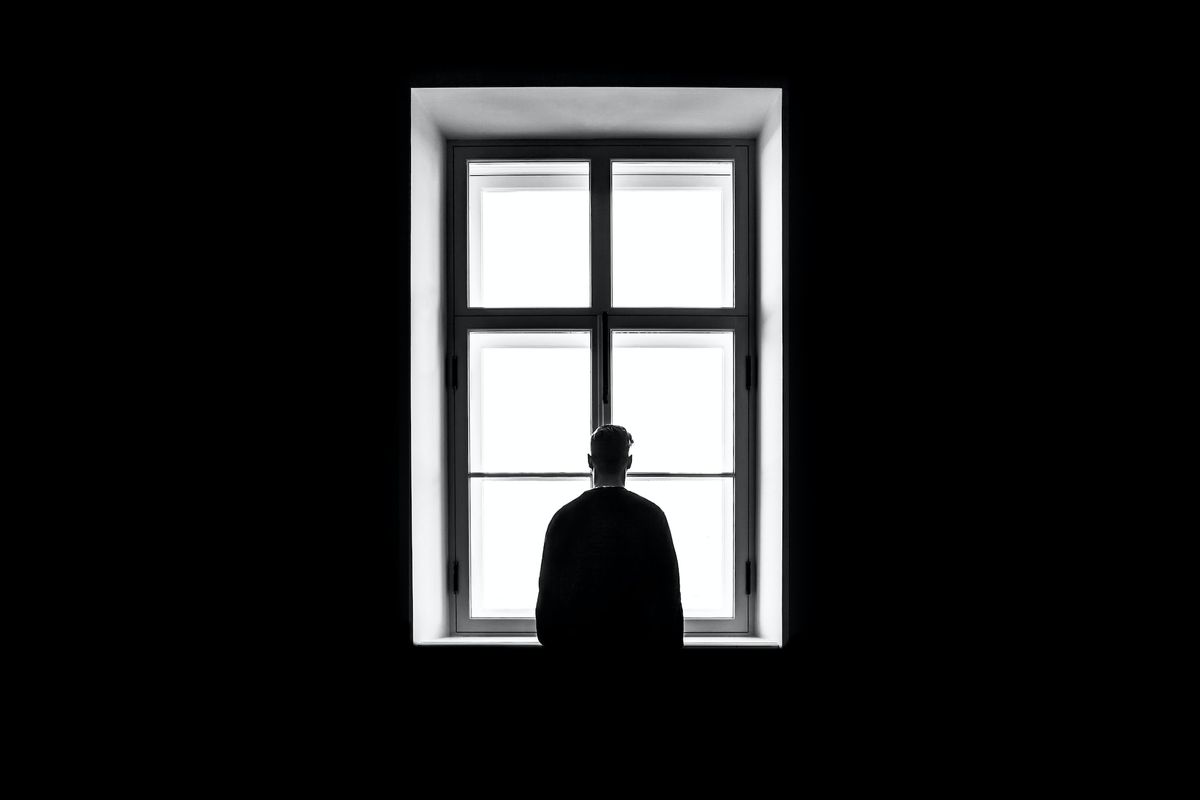What will the person of the future look like?
Humans have adapted to varied environments, therefore our body length, jaw size, and skull form have altered. Modern living conditions may cause future adjustments.

Homo sapiens is a species, and no matter how long it has existed, it is a species that has remained virtually unchanged in its basic characteristics. This means that we are still the same species, and our gene pool has not changed. At the same time, individual forms of genes can vary—they vary even now between different nationalities in different regions.
The first changes in human appearance date back to the Neolithic Revolution, when people moved from hunting and gathering to farming. Then the human features became a little softer, the jaw changed, and the wisdom teeth slowly began to disappear.
At the same time, farming develops the joints and makes the movements more precise, but the overall muscle mass decreases when switching from protein-rich meat to cereals as a staple food. Food, environment, occupation, social relationships, medicine, and disease all have different effects on people's appearance at different times.
The human genome is highly plastic
We have a term in genetics that says that there can be a very wide variability of traits under different external environmental conditions, but there are different traits that vary in different ways. A person's weight is very dependent on food and other environmental conditions; a person's height, perhaps, not so much.
Along with this, there is also genetic variability. Drastic, rapid changes are usually linked to this genomic plasticity, which can change quickly, but if it proves to be adaptive, then over time there are also genetic changes that cause the child to be born taller, for example.
Genetic change is very slow and gradual, requiring many generations and different factors. When it comes to the appearance of future humans, researchers do not believe that people will change the appearance of their thumbs, for example, because of the use of smart devices, but there will certainly be changes.
People are no longer dependent on many external environmental conditions; they don't necessarily have to be strong; they can dress, but they live in a different social society; there are different pressures; we live under constant stress; we have different criteria for how we choose a partner, and that is what will probably drive people to change.
There is one genetic thing that will definitely influence how humans as a species will evolve. Now with globalization, there is not so much ethnic isolation, and what happens is that we have inter-ethnic marriages, also between different races of people. That gene pool, which is currently divided into smaller boxes, will come together into one big whole, where combinations will take place, skin color will change, and much more.
A person's health will also change; unhealthy food and a sedentary lifestyle can cause changes that can be seen visually, such as changes in the spine. Various diseases that are becoming newer, and affecting younger people, will also be affected. All diseases are younger and have changed radically compared to 50 and 100 years ago, and it is all part of how people change.




